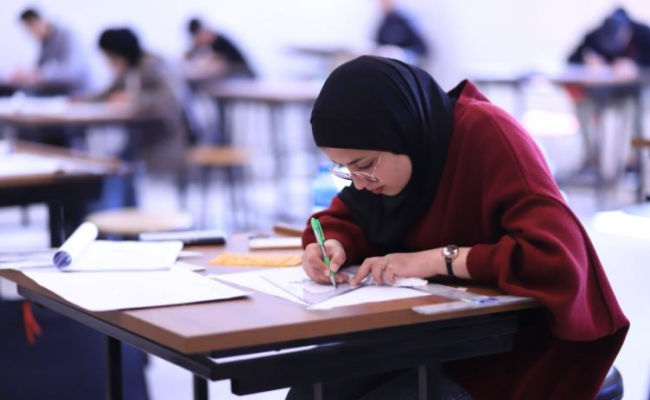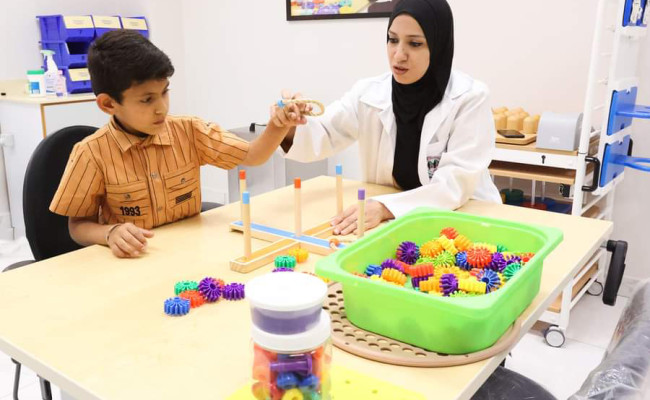Identifying the factors that control the dynamics of pedestrians is a crucial step towards modeling and building various pedestrian-oriented simulation systems. In this article, we empirically explore the influential factors that control the single-file movement of pedestrians and their impact. Our goal in this context is to apply feed-forward neural networks to predict and understand the individual speeds for different densities of pedestrians. With artificial neural networks, we can approximate the fitting function that describes pedestrians’ movement without having modeling bias. Our analysis is focused on the distances and range of interactions across neighboring pedestrians. As indicated by previous research, we find that the speed of pedestrians depends on the distance to the predecessor. Yet, in contrast to classical purely anisotropic approaches—which are based on vision fields and assume that the interaction mainly depends on the distance in front—our results demonstrate that the distance to the follower also significantly influences movement. Using the distance to the follower combined with the subject pedestrian’s headway distance to predict the speed improves the estimation by 18% compared to the prediction using the space in front alone.
Authors
Rudina Subaih
Mohammed Maree
Antoine Tordeux
Mohcine Chraibi
Pages From
1
Pages To
13
ISSN
2076-3417
Journal Name
Applied Sciences
Volume
12
Issue
15
Keywords
artificial neural networks; pedestrian dynamics; distance headway; single-file movement; interaction range; modeling
Project
Deep-learning for Pedestrian Dynamics
Abstract






